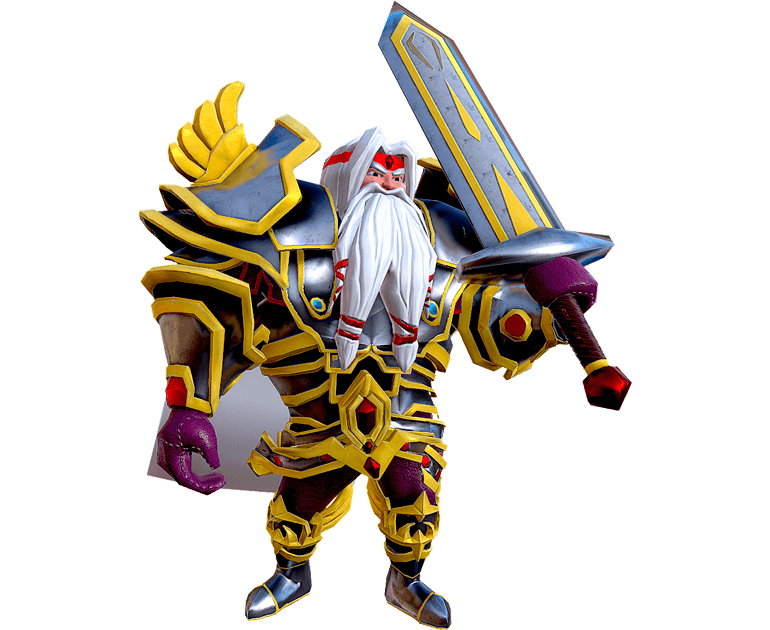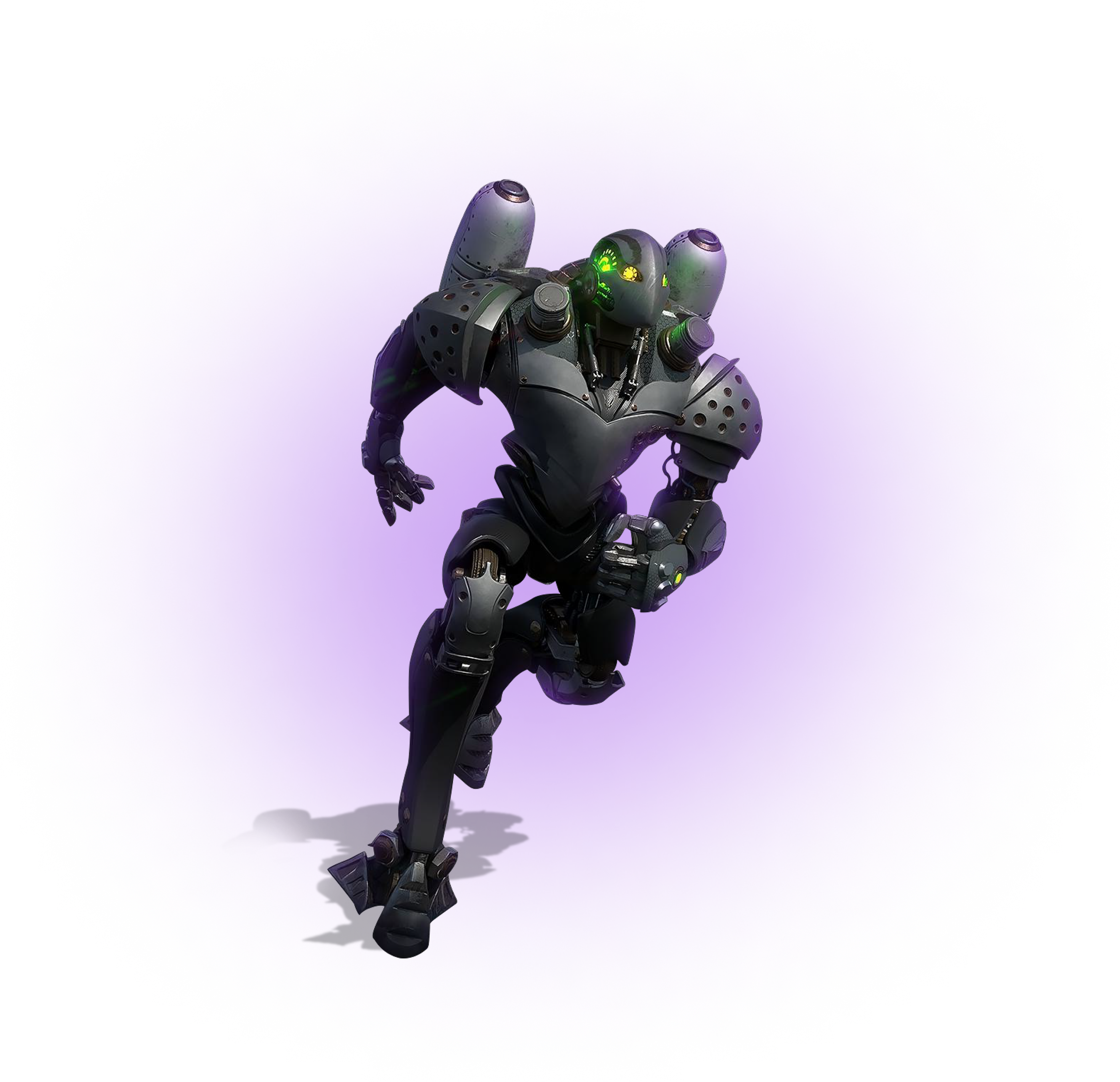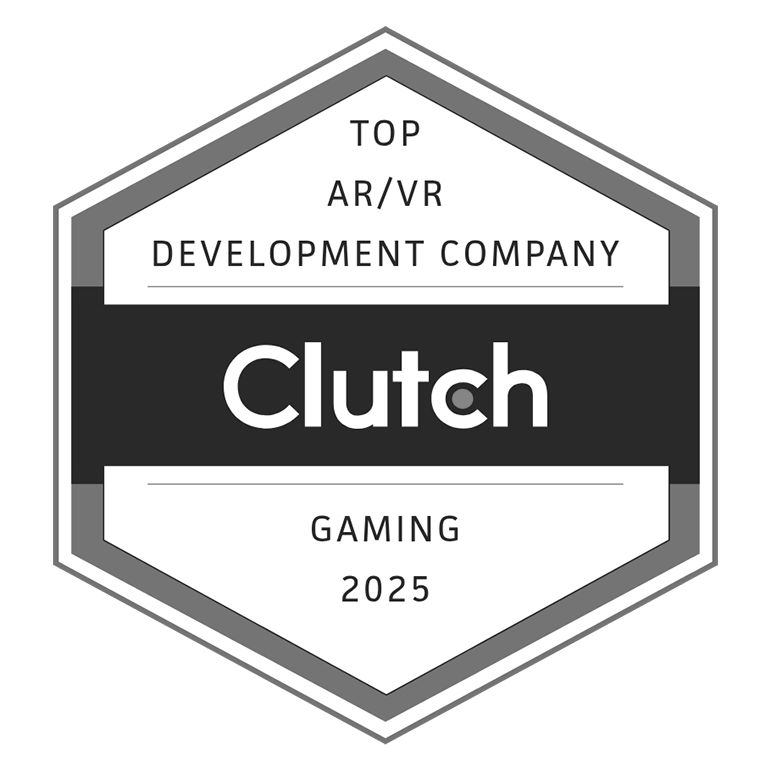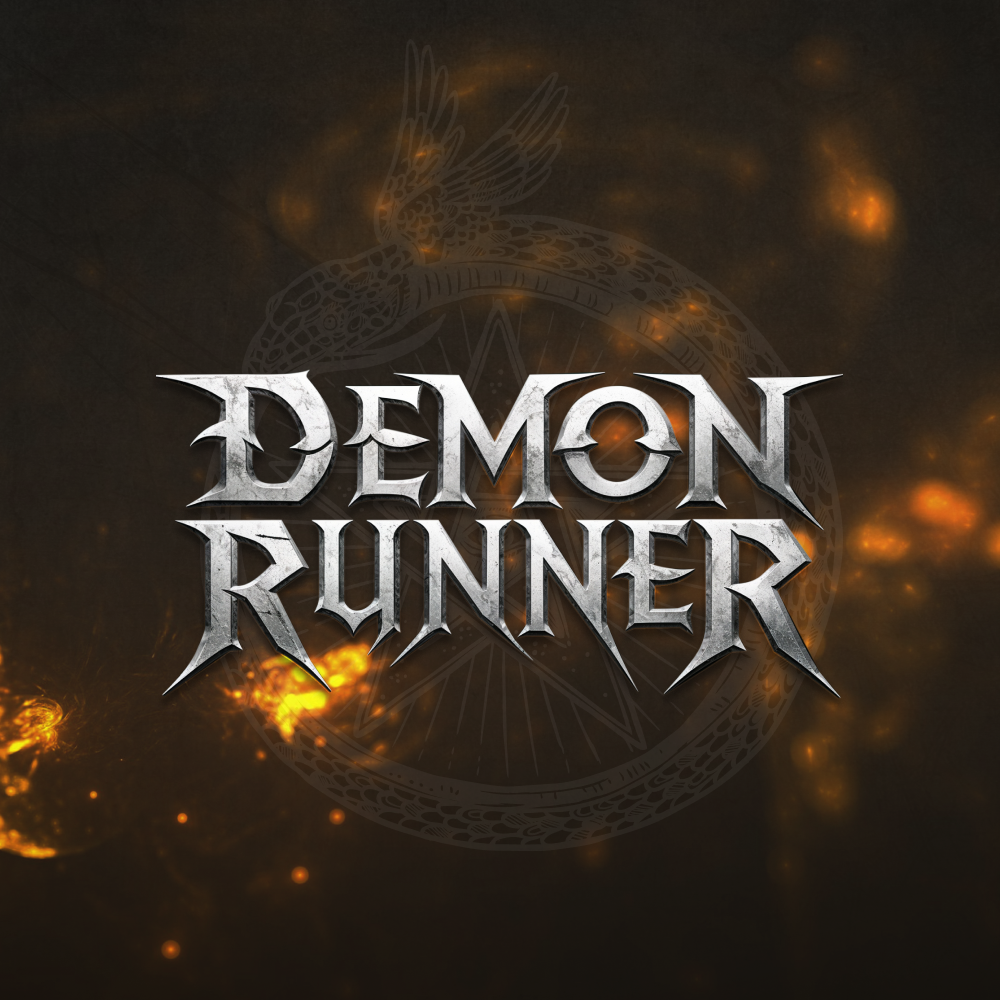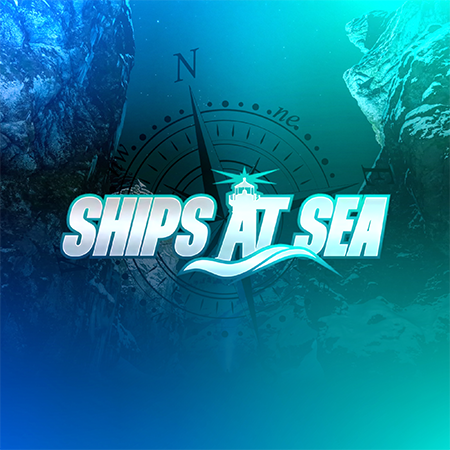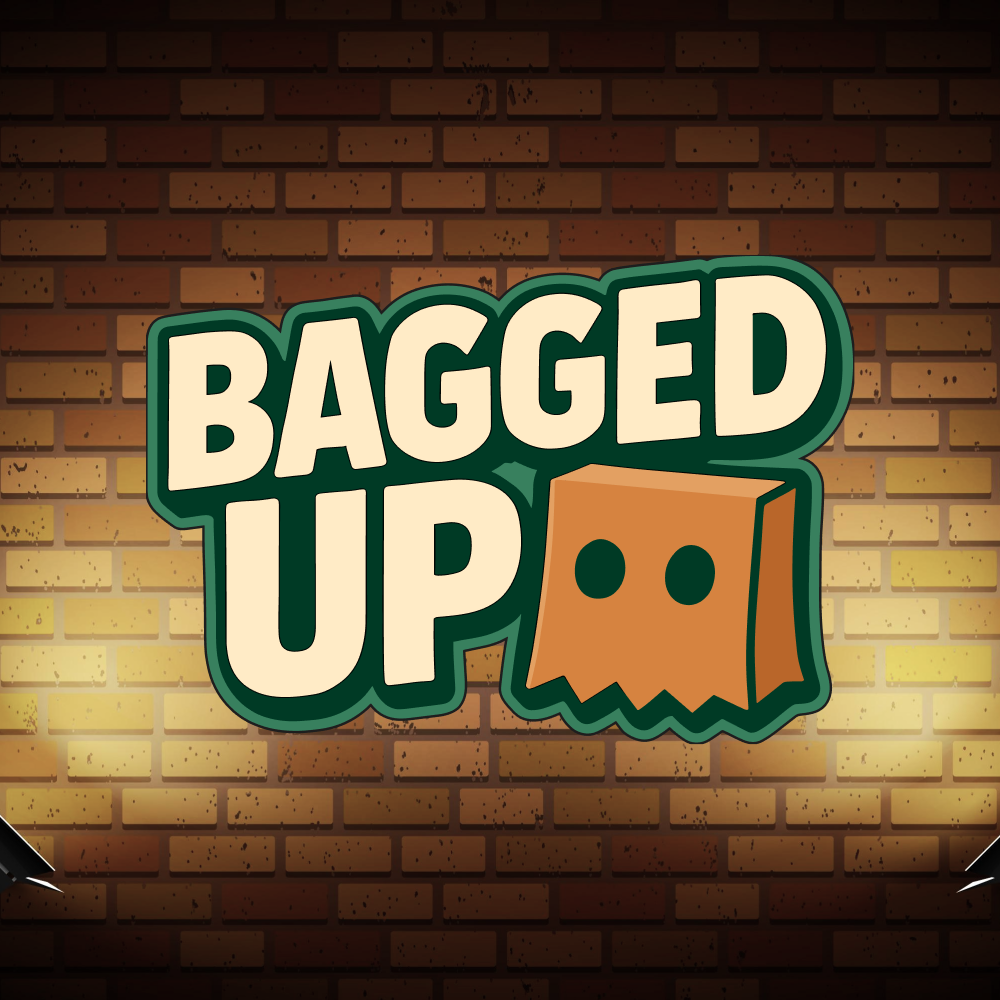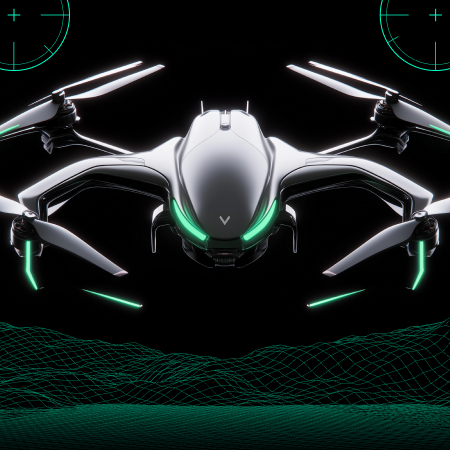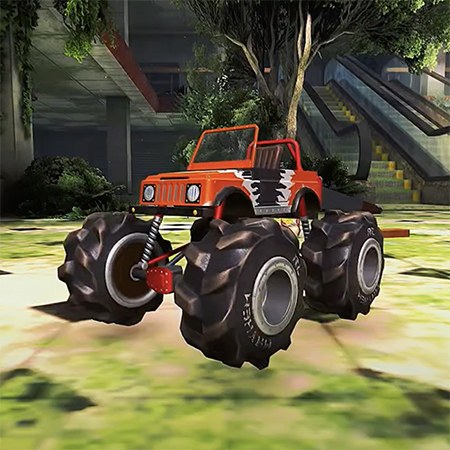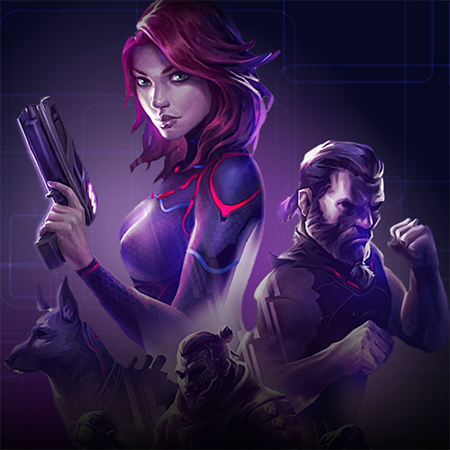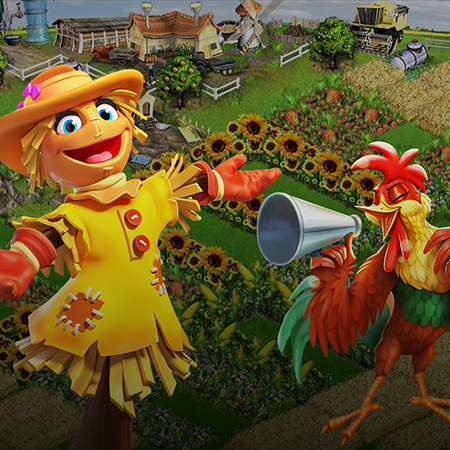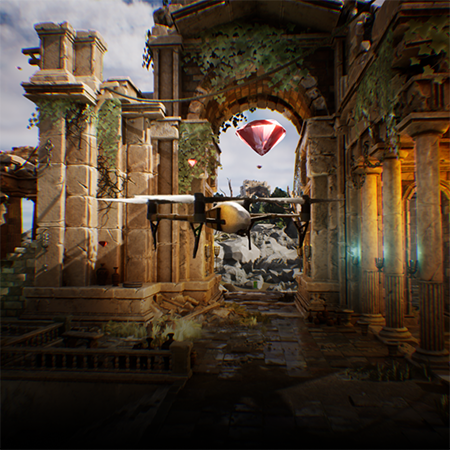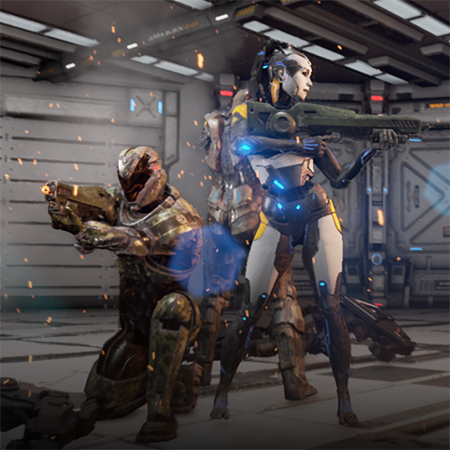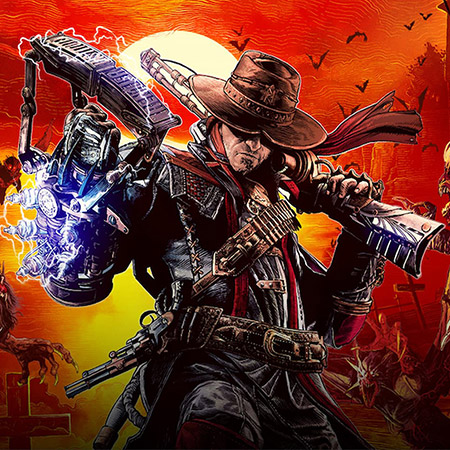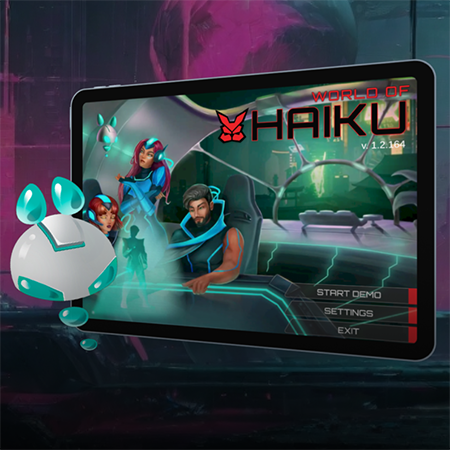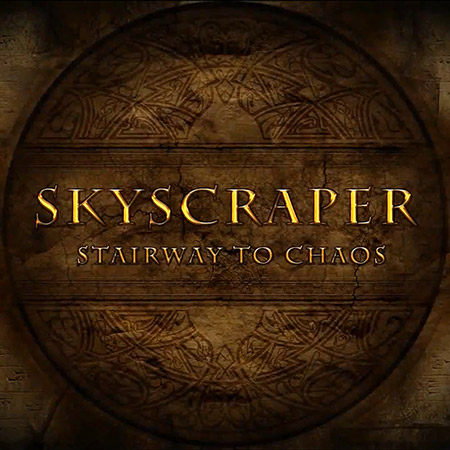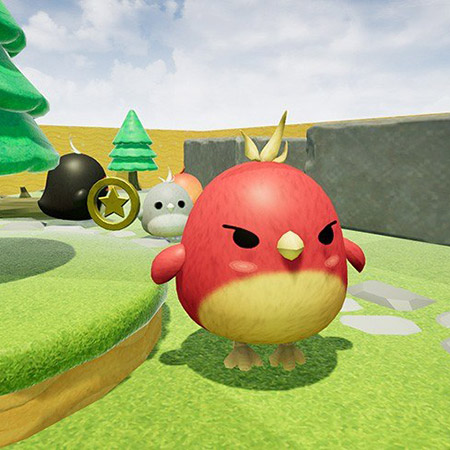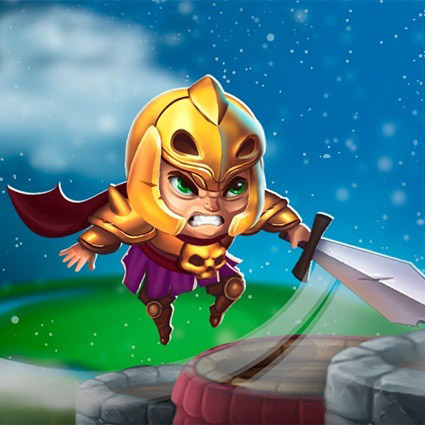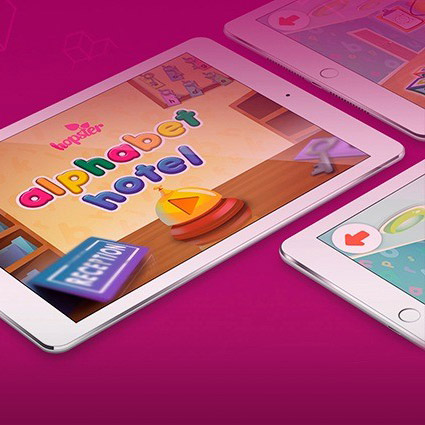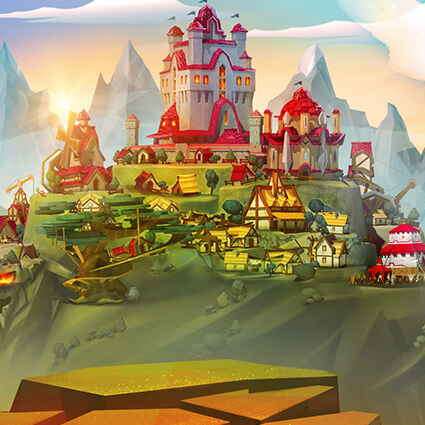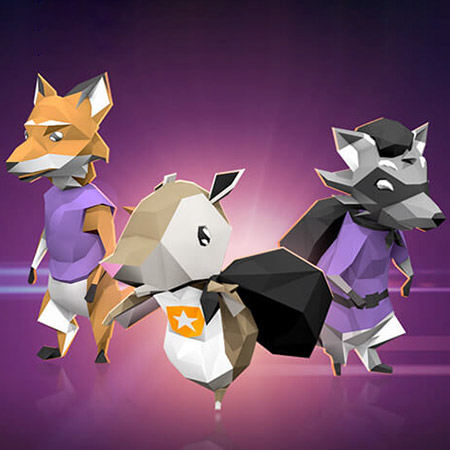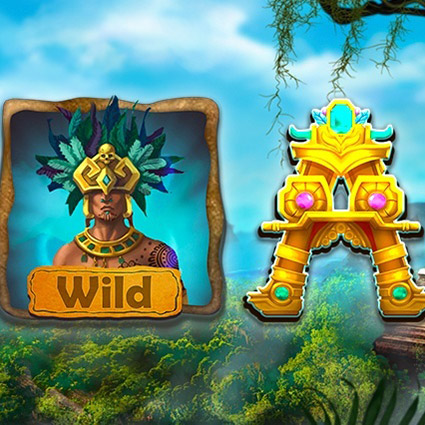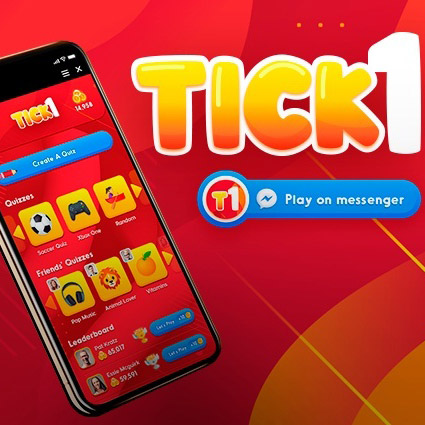Smooth performance across devices comes from a clear test matrix, strict budgets, and repeatable checks. We group phones and tablets into tiers by chipset, RAM, OS version, and screen resolution, then run the same scenarios on each tier. Target frame rates are defined up front: 60 FPS for most devices and 30 FPS on very low-end hardware, with frame-time ceilings measured in milliseconds. Automated tests simulate long sessions, repeated level restarts, and idle time to expose leaks or spikes.
Profiling happens early and often. Unity Profiler and Android Studio trace CPU, GPU, memory, draw calls, and garbage collection, while Xcode Instruments covers iOS. Build size, texture compression, and LOD rules are locked to the tier before content scales. Thermal behavior is checked by running stress loops for 15–20 minutes to capture throttling and sustained FPS.
Crash and ANR tracking is enabled in development builds through Firebase and platform tools. Network conditions are emulated to test ad SDKs and analytics on flaky connections. Game feel is verified on physical devices for input latency and haptic timing.
- Device tiers. Representative models are tested for each hardware class.
- Performance targets. FPS, frame-time, and memory budgets are enforced.
- Automation. Repeatable runs catch regressions quickly.
- Human QA. Exploratory play uncovers edge cases.
Reports summarize metrics, screenshots, and traces, with fixes prioritized by impact on retention. Be sure to reach out to us to review a sample test plan or adapt it to your project.







